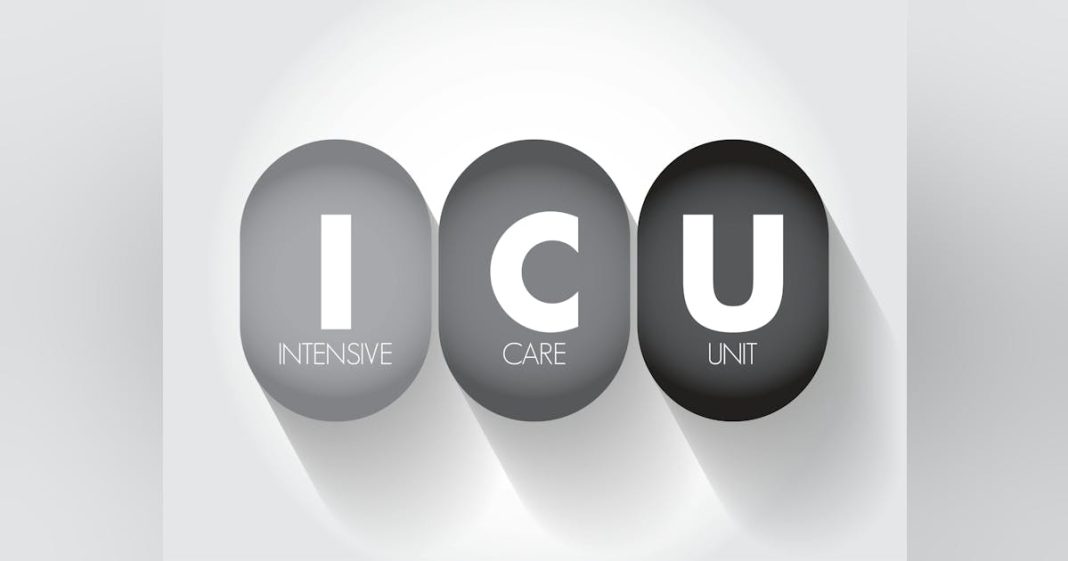Researchers in the BEST-ICU study, an NIH Collaboratory Trial, are aiming to develop pragmatic and sustainable strategies to increase the delivery of evidence-based practices that lead to improved care for critically ill adults, particularly for health systems serving populations with known health disparities.
The BEST-ICU trial recently received approval from the NIH Pragmatic Trials Collaboratory Coordinating Center to transition from the planning phase to the implementation phase of the study.
Survivors of critical illness frequently experience profound physical, mental, and cognitive health impairments that are initiated and/or exacerbated by known racial and socioeconomic health disparities and outdated intensive care unit (ICU) mechanical ventilation and symptom management practices.
This morbidity is potentially preventable through the application of the ABCDEF bundle, a multicomponent, evidence-based intervention to improve team-based care.
The ABCDEF bundle includes: Assess, Prevent, and Manage Pain, Both Spontaneous Awakening Trials (SAT) and Spontaneous Breathing Trials (SBT), Choice of analgesia and sedation, Delirium: Assess, Prevent, and Manage, Early mobility and Exercise, and Family engagement and empowerment.
While consistently proven safe and effective, national ABCDEF bundle performance remains unacceptably low as clinicians continue to struggle with multiple barriers to bundle delivery. The long-term goal of BEST-ICU is to develop pragmatic and sustainable strategies to increase the delivery of evidence-based practices that lead to improved care for critically ill adults across a variety of healthcare systems, particularly those serving populations with known health disparities, such as safety net hospitals. The overall objective of BEST-ICU is to evaluate two strategies grounded in behavioral economic theory and implementation science to increase ABCDEF bundle adoption. The strategies being evaluated target a variety of ICU team members and known behavioral determinants of bundle performance.
In a video conversation with the NIH Collaboratory, the study’s leaders described their efforts. “This is a bundle of practices that we perform in the ICU to really address what we think is an epidemic of post-intensive care, survivorship issues of cognitive as well as functional burdens,” explained Ed Vasilevskis, M.D., M.P.H., chief of the Division of Hospital Medicine in the Department of Medicine at the University of Wisconsin School of Medicine and Public Health. “This is a bundle of practices performed in the ICU. They’re guideline-backed, and they involve the use of strategies to reduce the amount of time on mechanical ventilation, to interrupt the sedation practices that patients get and monitor pain and sedation closely.”
The trial has two specific interventions, Vasilevskis explained. One is the use of a real-time audit and feedback dashboard, which requires the use of information from the electronic health record. “Of course, all the institutions are Epic-based, but as you get into the weeds of things, you realize that not all EHRs are built exactly the same. Data elements live in different areas, and building the dashboard requires a lot of different people and moving parts, so it’s been a real challenge, but we saw the use of nurse informaticists as being critical to our ability to get across the finish line.”
“This study has been a dream of mine,” said Michele Balas, Ph.D., R.N., associate dean of research and the Dorothy Hodges Olson Distinguished Professor of Nursing at the University of Nebraska Medical Center’s College of Nursing. “One of the intervention arms, like Ed said, involves the EHR-derived electronic dashboard, but the other arm is adding an extra registered nurse to staffing in the intensive care unit to help coach, facilitate and help providers give that hands-on care that critically ill patients need. My hypothesis is both will be better than what we’re doing for patients right now, but I’m really interested to seeing if and what benefits it’ll have by changing that model of care delivery. It is really important at this time, particularly with the staffing shortages and the severe, severe, burnout that ICU nurses and docs and other members of our important inter-professional teams are facing.”
“There’s a huge gap between what our intentions are and what we actually do in the ICUs,” added Vasilevskis. “We all want to provide the best care for each of our patients, but it’s hard to do, and so we’re really trying to build strategies to move from intention to reality in terms of providing the best care to every patient every time.”







